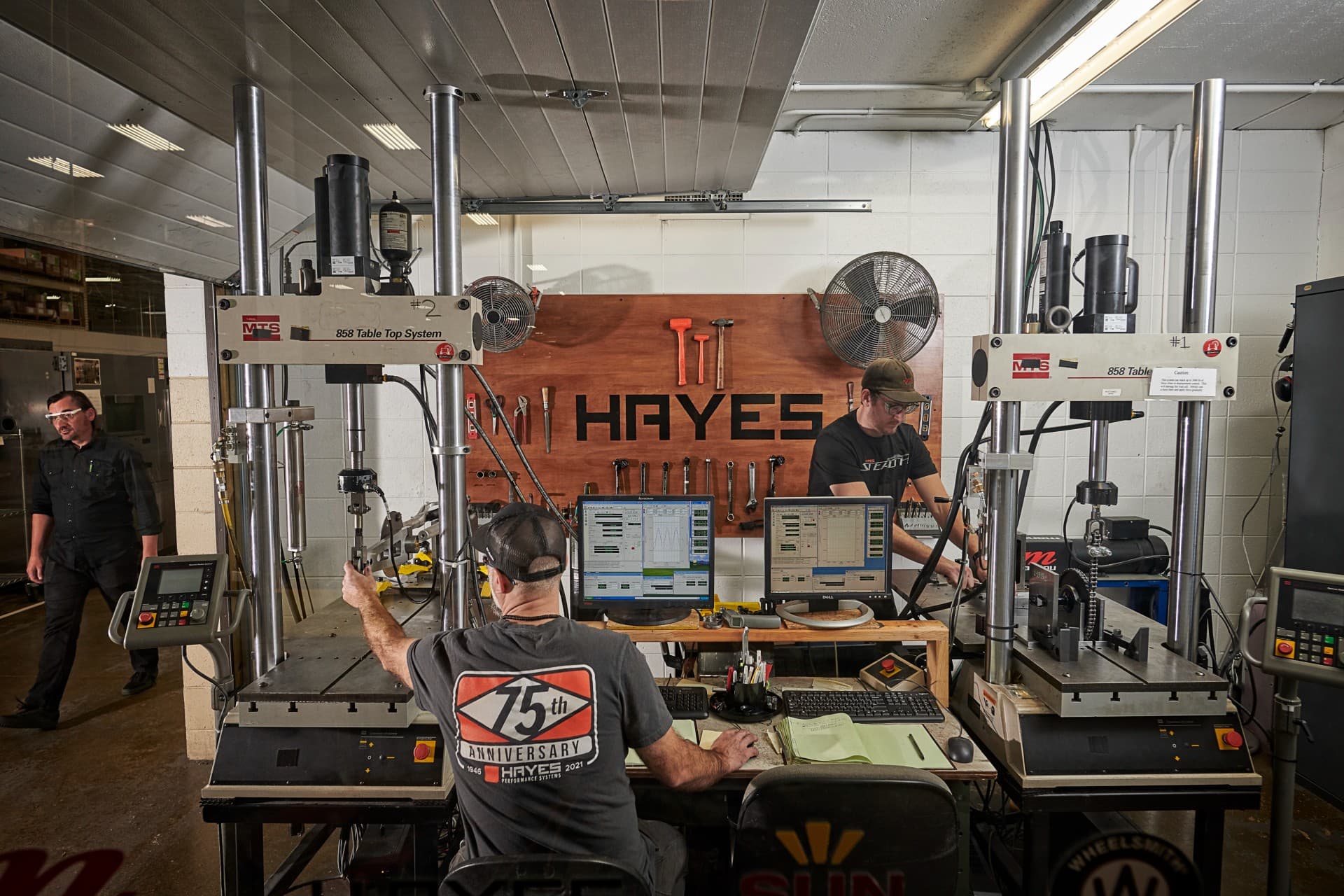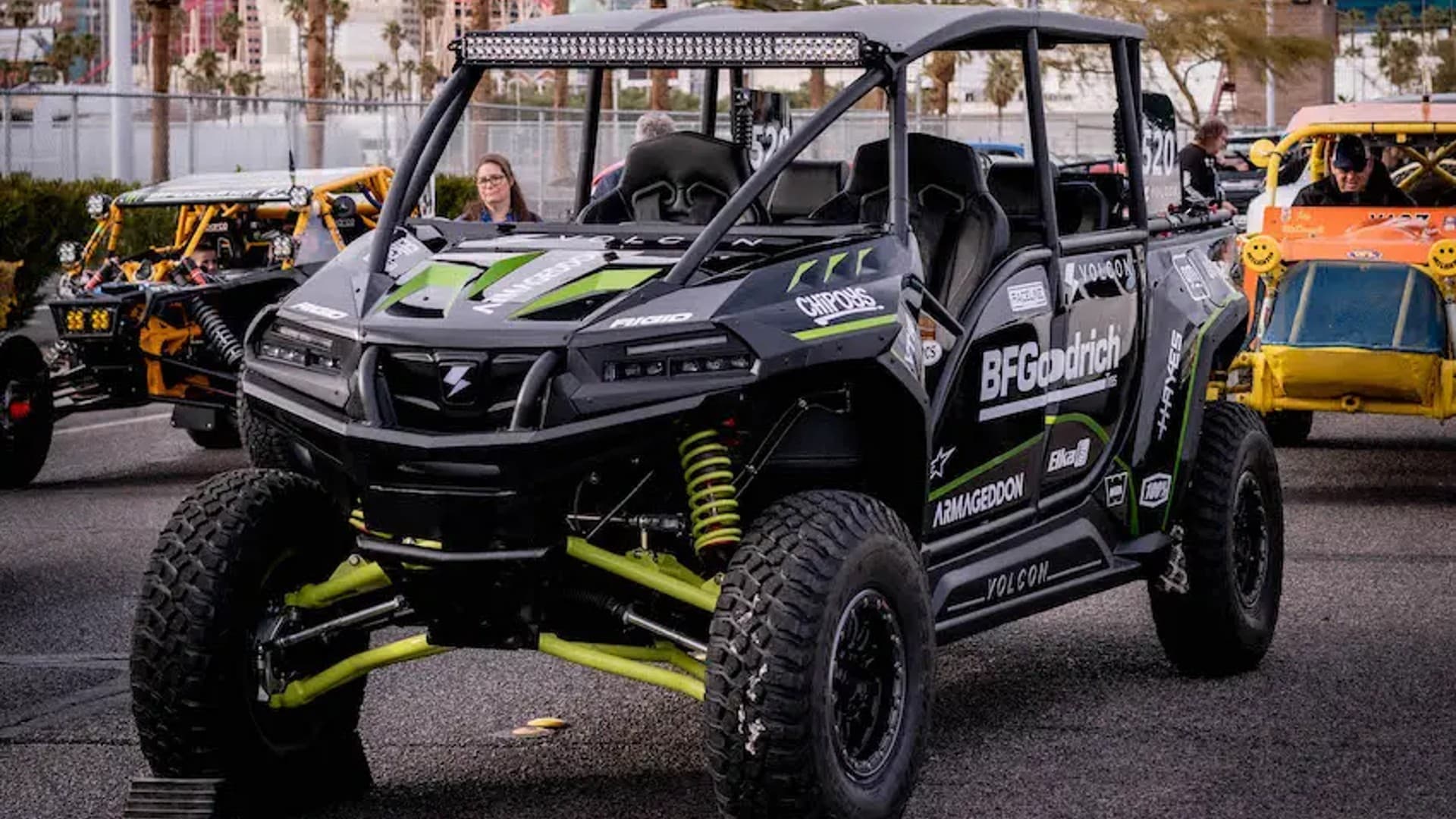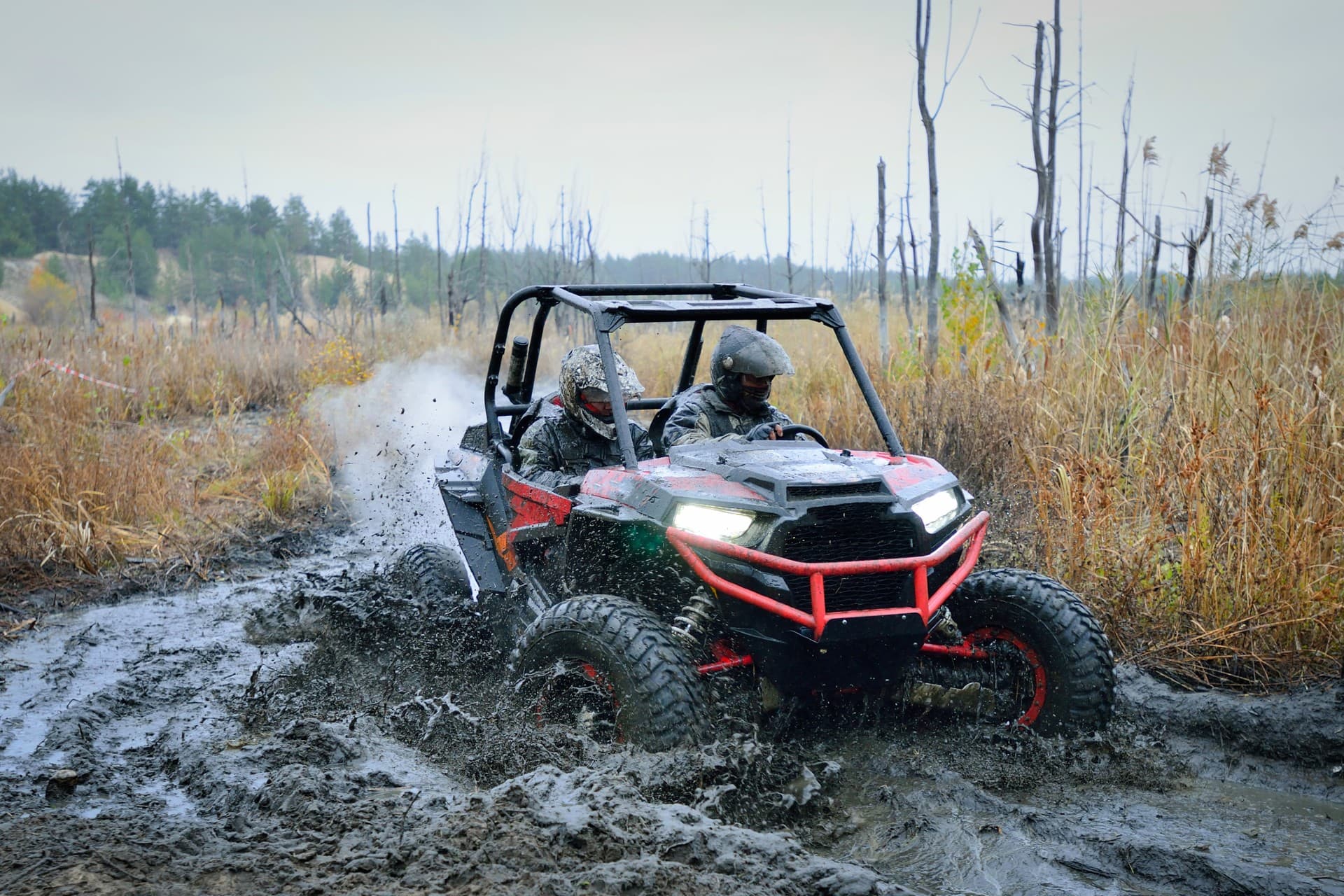Adapting Brake Systems for Autonomous & Electric Vehicles
Share this
Today’s vehicle industry, both on- and off-road, is nothing like it was 20 years ago – or even 10 years ago. Two of the more disruptive forces causing change have been government regulation around environmental issues and the growing use of artificial intelligence (AI) to improve vehicle performance.
The answer to many of the challenges (and opportunities) brought on by these shifts are electric vehicles (EVs) and autonomous vehicles.
EVs and autonomous vehicles aren’t just common on our roads and highways; large corporate farms and massive construction operations are also realizing that they can save money – and help comply with increasing environmental regulations – by putting these types of vehicles to use in their operations. Whatever the application, EVs and autonomous vehicles require special braking systems, with these and other needs factored into their design:
- Autonomous navigation
- Handling of battery weight
- Efficient operation
- Heat dissipation
- Noise reduction
- Government and industry regulation
Hayes has led innovation in braking systems for both types of vehicles. The requirements for safety and performance are in some ways similar, and some very different. Let’s take a look.
EV & Autonomous Vehicle Similarities
Today, both electric and autonomous vehicles are often fitted with regenerative braking systems. In EVs, these systems capture energy as a way to extend the vehicle’s battery efficiency and range. When the driver applies the brakes or releases their foot from the accelerator pedal, the electric motor captures and converts the vehicle’s kinetic energy into electrical energy. Autonomous vehicles, whether electric or not, often employ regenerative braking to reduce the wear on their traditional friction brakes.
While the control systems of EVs and autonomous vehicles manage the coordination between regenerative and traditional braking, the traditional brake systems themselves must be designed to integrate seamlessly with the regenerative systems in order to ensure that the entire system is performing optimally.
Here are some additional ways EV and autonomous braking systems are similar:
- Safety. Brake systems must incorporate redundant components and fail-safe mechanisms to ensure reliable braking performance, especially in the event of a partial system failure
- Brake noise. Because electric and autonomous vehicles tend to be quieter than traditional vehicles, brake noise can be more noticeable. Brake systems have to be designed to minimize noise for a more enjoyable driving experience. With significant experience partnering with EV manufacturers, Hayes has developed valuable expertise around quiet and responsive braking systems
- Regulations. Electric and autonomous vehicle brake systems must comply with relevant safety standards and regulations. Manufacturers need to be up-to-date with evolving regulations and ensure their brake systems meet or exceed them. For example, current industry regulations require dry disc brakes – a Hayes specialty – to complement regenerative braking systems
EV & Autonomous Vehicle Differences
Just as electric and autonomous vehicles have similarities, they also present unique challenges. Let’s explore differences between the braking systems, and why a design collaboration with a specialized brake manufacturer is critical.
Electric Vehicle Brakes
Electric vehicles are powered by heavy battery packs, so they tend to weigh more than traditional vehicles – and all that additional weight requires brake systems capable of slowing and stopping the vehicle effectively and efficiently. The weight of battery packs also creates weight distribution challenges that can affect the vehicle’s handling and stability. Brakes need to be designed to handle these loads efficiently without sacrificing performance or durability.
- Torque. The motors of some EVs — powersports, ATVs, and ebikes — provide instant torque that allows for quick acceleration and better maneuverability at low speeds. Braking systems need to be designed to handle the increased force required to slow down a vehicle with this kind of torque
- Heat. Like traditional internal combustion engines, EV motors generate heat (though not as much), and that heat must be managed. This can be difficult, because EV powersports vehicles, ATVs, and ebikes have relatively small, sealed enclosures. Brake systems have to be designed to both withstand and dissipate the heat, especially during extended or off-road use, in order to prevent overheating and maintain consistent performance
Autonomous Vehicle Brakes
Because they rely on sophisticated sensors and control systems for safe navigation and accurate response, autonomous vehicles present some unique brake challenges.
- Integration. Only by precise integration with these systems is an autonomous vehicle able to make decisions about when and how to apply its brakes. And it’s even more complex than that: brake data has to be integrated with other vehicle systems, such as collision avoidance systems and adaptive cruise control, in order for braking to be truly reliable
- Redundancy/Reliability. These vehicles require redundancy and backup systems to ensure that the vehicle can and will safely stop in the event the primary system fails. Emergency braking and collision avoidance are critical, since there’s no human perceiving situations and guiding the vehicle, so brakes need to be designed with redundant components and fail-safe mechanisms that can take over when needed, and in the appropriate way
- Government and industry regulation. Governments and industry organizations are establishing and evolving safety standards and guidelines for autonomous vehicles, making it necessary for brake manufacturers to stay informed in order to ensure compliance
With all the “moving pieces” and ongoing technology advancements around EVs and autonomous vehicles – and their heightened need for reliable performance and safety – manufacturers of these vehicles need a brake systems partner that’s ahead of the learning curve, committed to practical innovation, and that has the insights and expertise to ensure successful integration with the entirety of a vehicle’s systems. Whether your EV or autonomous vehicle project is for heavy-duty equipment, powersports, ATVs or ebikes, we’re ready to tackle it.
Subscribe to our blog!
Related blogs
Section Intro
Help visitors get the basic idea within a few seconds, so they understand what this section is about.

The Future of Braking: Why Expertise Matters in Integrating Advanced Electronics
Fortunately for today’s drivers and passengers, significant advancements have been made to improve vehicle safety, stability, and performance. Some of the most notable improvements include anti-lock...

Electric Vehicles and Dry Disc Brakes: A Combination That Promotes Efficiency & Safety
Do electric vehicles (EVs) use the same brake systems as conventional vehicles? Yes and no.
Some light EVs – ebikes and scooters, for example – rely primarily on regenerative braking systems. These...

How to Improve Disc Brake Performance in Muddy Conditions
Tractors, plows, cultivators, and other agriculture vehicles perform critical work while driving on mud that can damage sensitive equipment.
Higher ground clearance helps other components, but...
